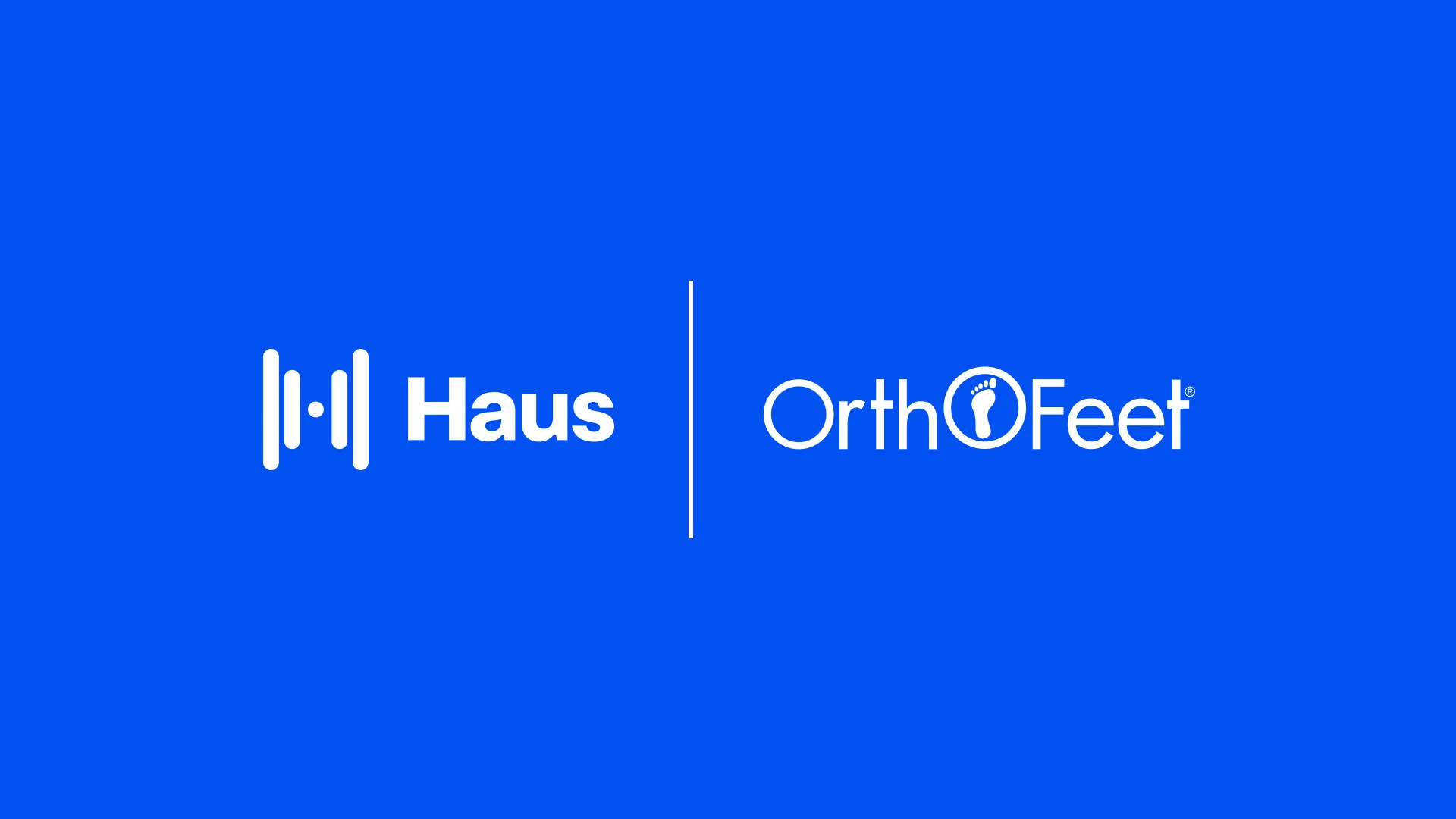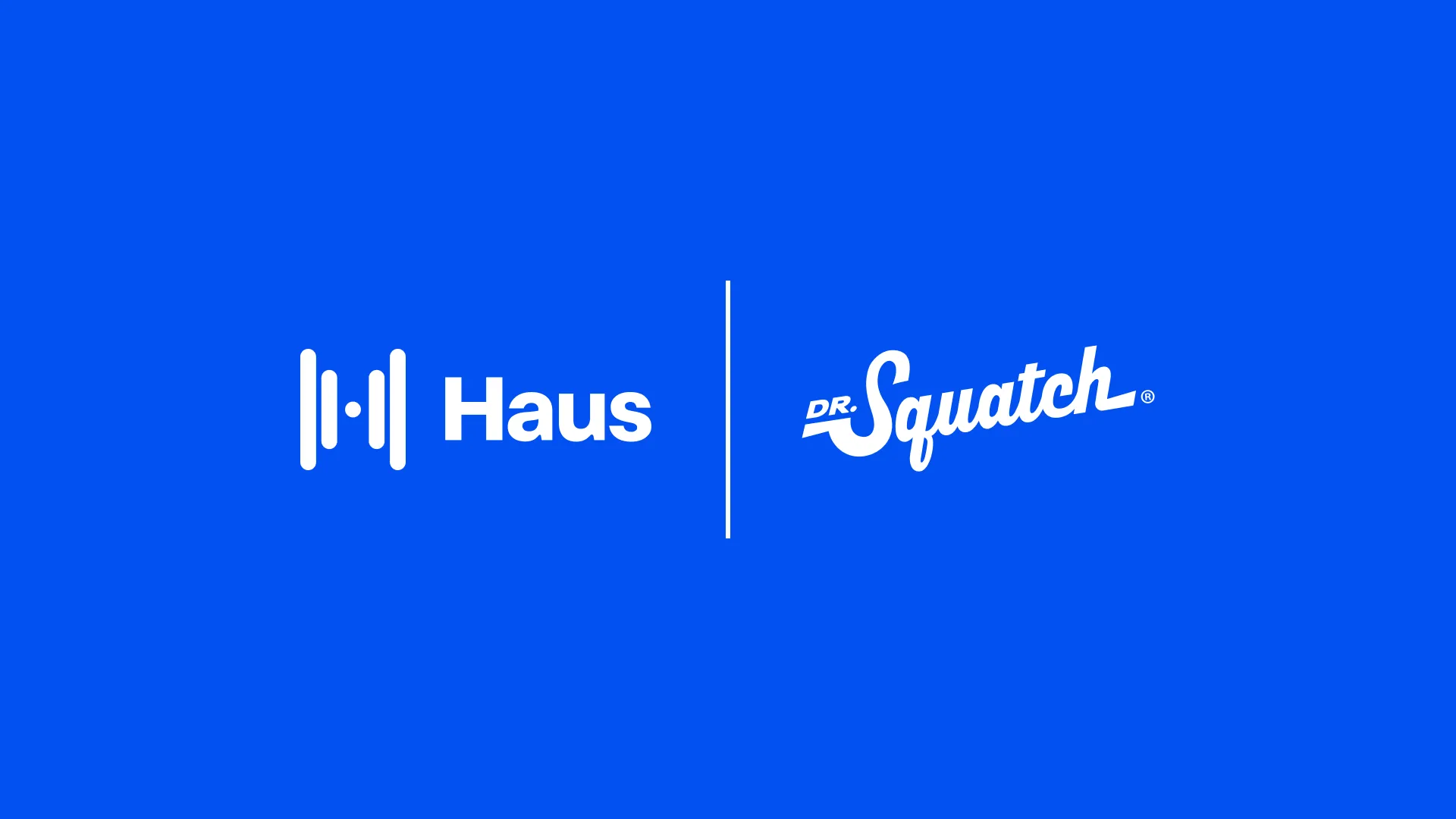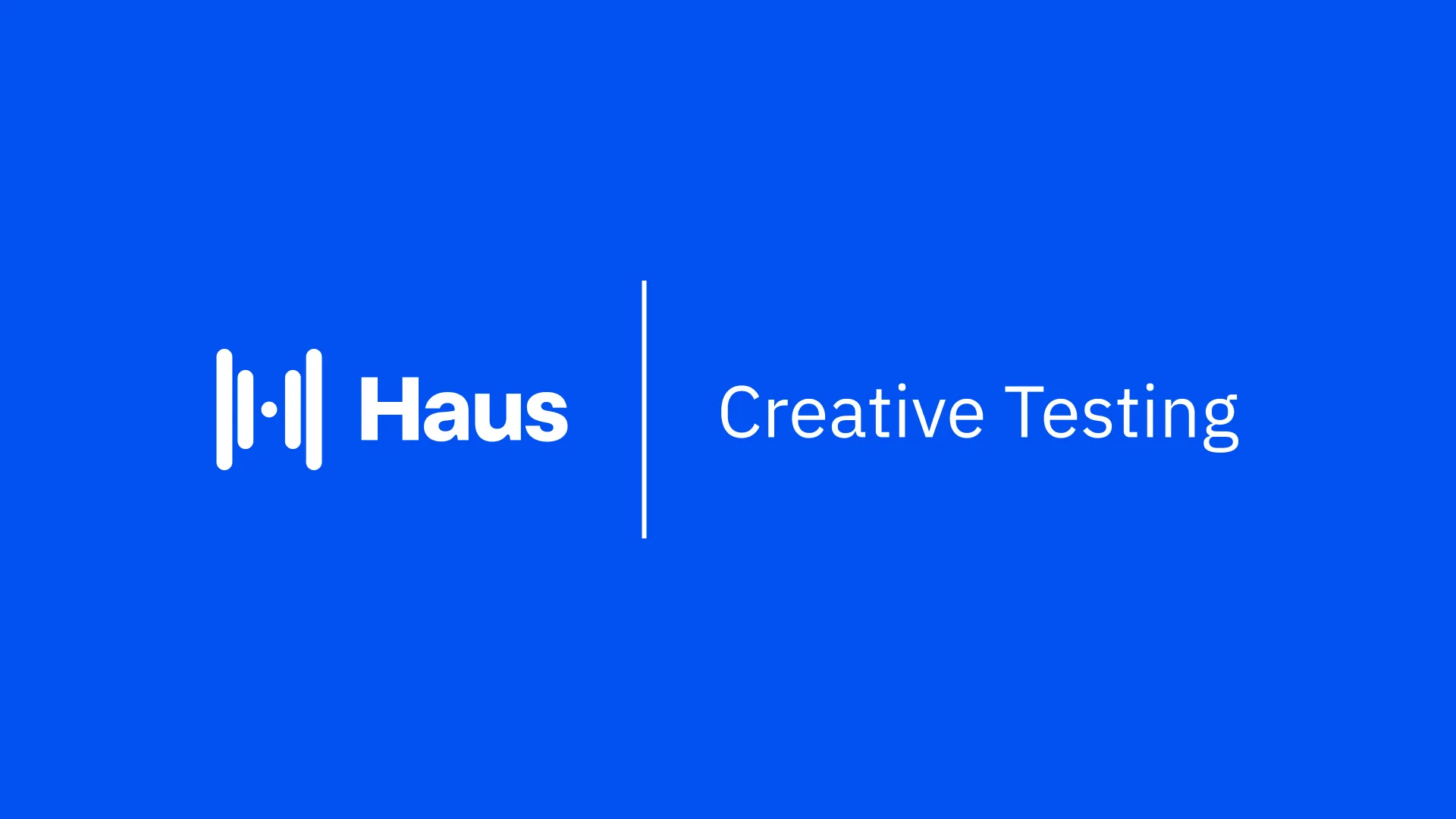The Challenge
A brand with a nationally distributed CPG product, selling across Amazon, Target and others, wanted to know if diversifying into more media channels was more effective than maxing out a single channel strategy — and if the added operational complexity would be justified by unlocking double digit growth. To make the leap, they had to move from in-house media buying to working with a marquee agency to manage the expansion.
Together, they designed and launched a holistic, multi-channel, full-funnel media plan. To measure this big bet, they decided to test their old single-channel “in-house” strategy against the new multi-channel “agency developed” approach.
To make it work, the team needed an incrementality testing partner who could definitively measure the value of the two different strategies while directly connecting ad spend to omnichannel sales. They turned to Haus, whose integration with Crisp — a real-time POS data analytics platform — delivered granular, store- and SKU-level insights on sales and inventory.
The Solution
The team designed a 3-cell test with a holdout in the Haus app that ran for two months, along with an additional one-month post-treatment window to understand any lagged effects. The test was designed so that 45% of the country saw their new multi-channel media strategy, 45% saw their old single-channel media strategy, and 10% saw no campaign.

The Result
.png)
The outcome was definitive: The new multi-channel media strategy drove 169% more units sold per week — so significant that the brand was able to unlock double digit year over year total business growth.
In retail, growth is often measured in small, gradual lifts measured over long periods using imperfect panel data. This test proved the opposite is possible: With incrementality testing, CPG teams can gain clear, data-backed insights on a much shorter timeline.
Now, the team is exploring new creative strategy tests. With a holistic media approach in place, they see ample opportunity to accelerate growth — and even expand the category itself.




%203.png)
.png)





















